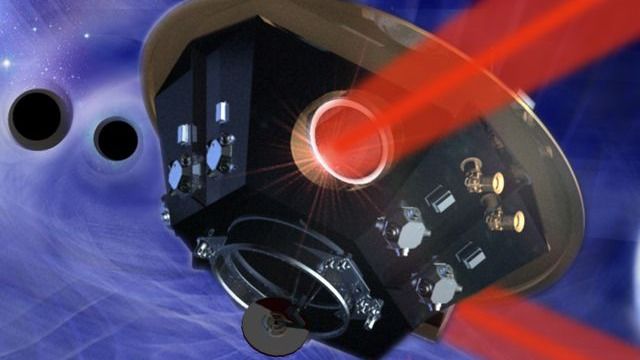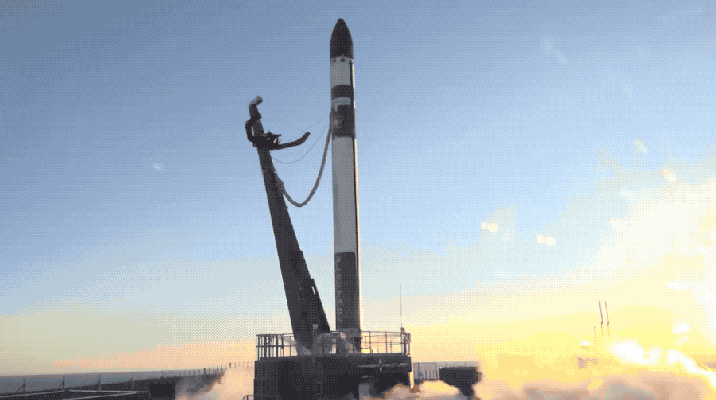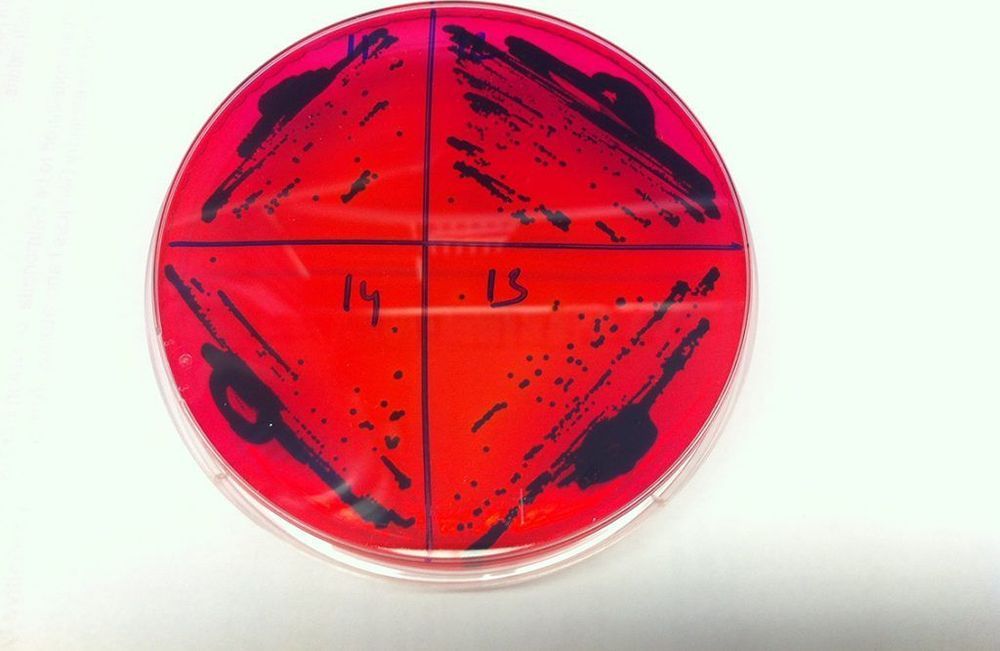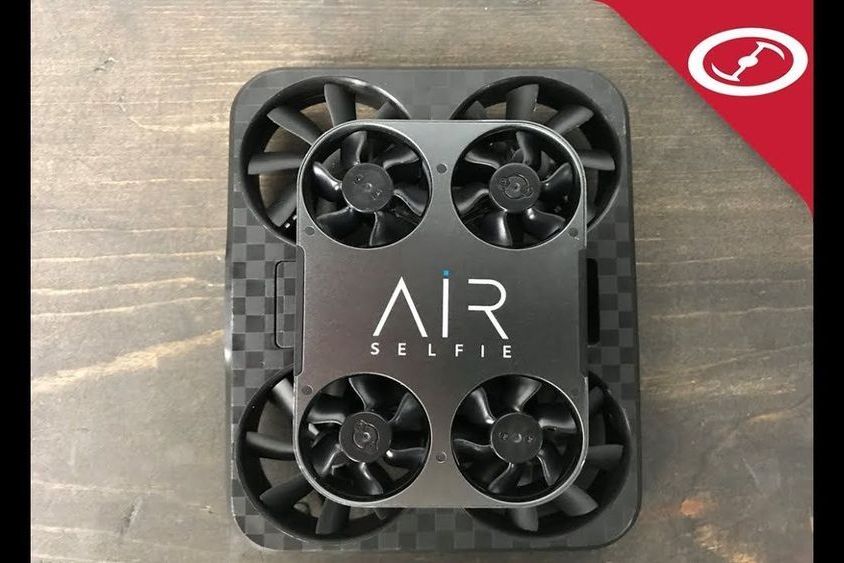Jul 1, 2019
Eye-tracking, depth-sensing “autofocal” glasses keep everything looking sharp
Posted by Genevieve Klien in category: futurism
No matter how good your eyesight, there’s a decent chance that it’ll start to fade at a certain point in your life. Presbyopia is a common form of age-induced far-sightedness, where the lenses in the eyes become stiff and have trouble focusing on close-up objects. Now a Stanford team has developed a pair of high-tech specs called autofocals, which use fluid-filled lenses, depth-sensing cameras and eye-tracking technology to make sure whatever a wearer is looking at stays sharp.
















